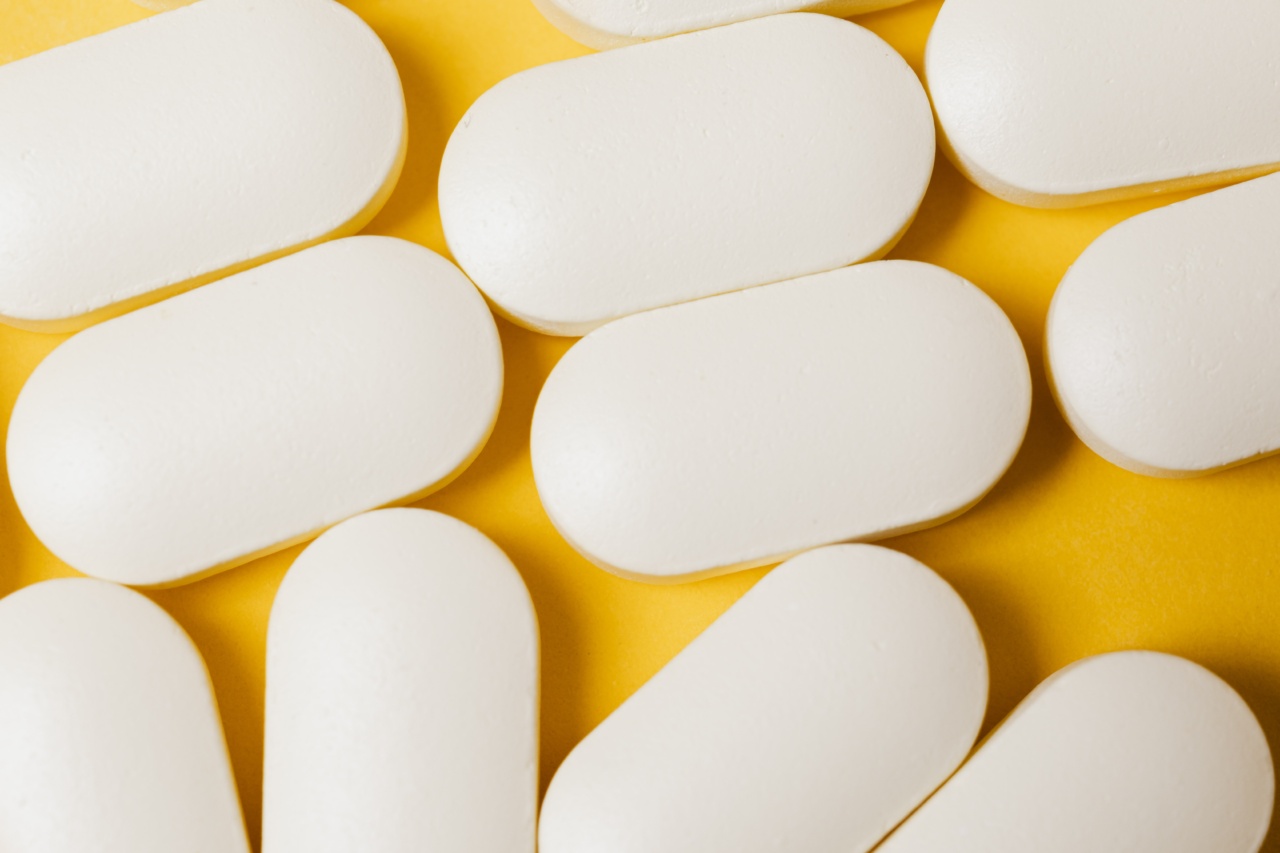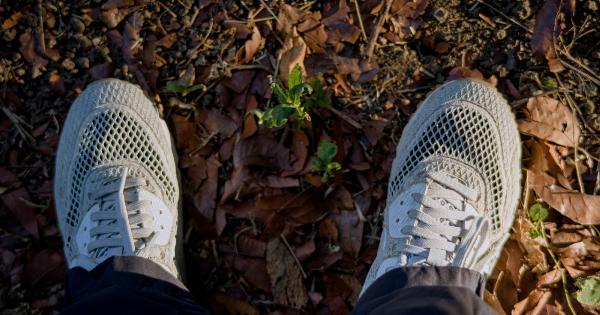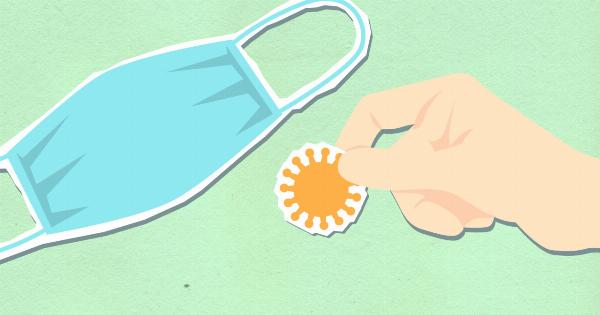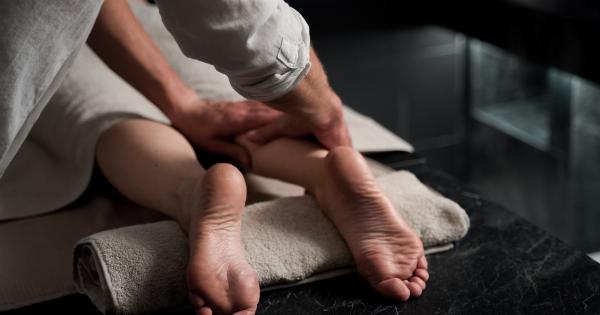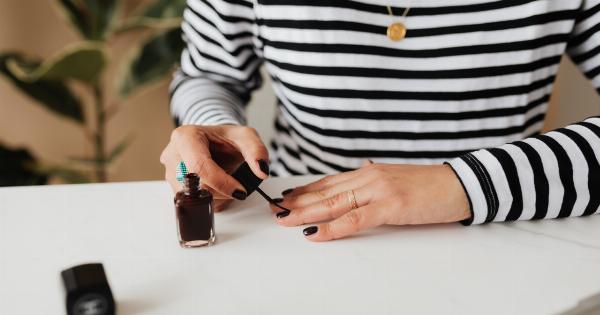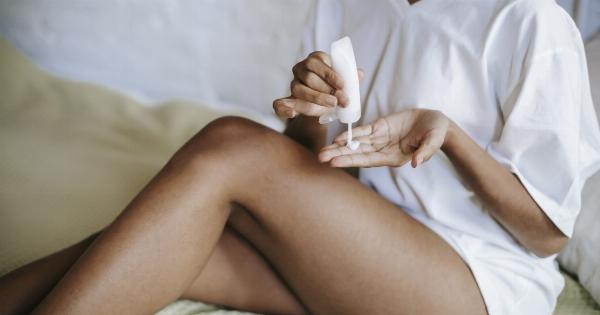Calluses are thickened, hardened areas of skin that commonly form on the hands or feet. They develop as a protective mechanism when the skin is exposed to repeated friction, pressure, or irritation.
While calluses are usually not harmful, they can be unsightly and uncomfortable. If you’re looking for ways to prevent and cure calluses, this article will provide you with some effective strategies.
1. Wear Properly Fitting Shoes
Ill-fitting shoes are one of the primary causes of calluses on the feet. Make sure your shoes fit properly and provide ample room for your toes to move freely.
Avoid shoes that are too tight or too loose, as they can create friction and pressure points that lead to callus formation.
2. Use Cushioning Insoles
Consider using cushioning insoles in your shoes to help distribute pressure more evenly and reduce friction. These insoles can provide extra support and cushioning, which can prevent calluses from forming or worsening.
3. Keep Your Feet Clean and Moisturized
Regularly clean your feet and keep them well-moisturized to prevent dry, cracked skin that can contribute to the formation of calluses. Use a mild soap and warm water to wash your feet, and apply a moisturizer afterward to keep the skin hydrated.
4. Use Pumice Stone or Foot File
If you already have calluses, gently exfoliating the hardened skin can help reduce their size and prevent further build-up. Use a pumice stone or foot file to gently remove the dead skin cells and smooth out the rough patches.
Do this after soaking your feet in warm water for about 10 minutes to soften the calluses.
5. Apply Callus Pads or Cushions
Callus pads or cushions can provide an extra layer of protection between your skin and any potential sources of friction or pressure.
These can be especially useful if you engage in activities that increase the likelihood of calluses, such as playing a musical instrument or participating in a sport.
6. Wear Gloves
If calluses tend to form on your hands, wearing gloves during activities that cause friction can significantly reduce their development.
Whether you’re doing household chores or lifting heavy weights, gloves can serve as a barrier, preventing excessive rubbing and pressure on your hands.
7. Trim Your Nails Regularly
Long nails can contribute to callus formation by increasing friction between your fingers or toes and the surrounding skin. Ensure to trim your nails regularly to prevent this friction and reduce the chances of calluses.
8. Avoid Excessive Pressure
While it’s important to engage in physical activities, be mindful of excessive pressure on your hands or feet. Repetitive movements or excessive force can lead to calluses.
Take regular breaks or modify your techniques to reduce the strain on vulnerable areas.
9. Consult a Podiatrist or Dermatologist
If your calluses are causing pain, discomfort, or interfere with your daily activities, it’s advisable to seek professional help.
A podiatrist or dermatologist can provide appropriate treatment options like prescription medications or professional callus removal to alleviate your symptoms and address the underlying causes.
10. Maintain Overall Foot and Hand Health
Preventing calluses is closely linked to maintaining overall foot and hand health. Keep your skin clean, dry, and moisturized. Avoid going barefoot in public places to minimize your risk of infections.
Regularly inspect your hands and feet for any signs of calluses, blisters, or other skin issues, and address them promptly.
